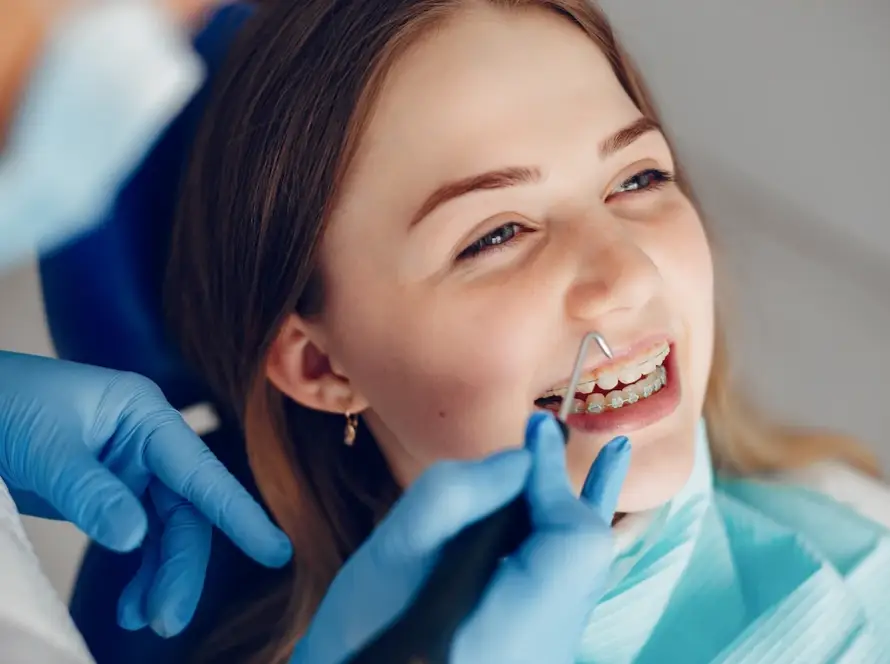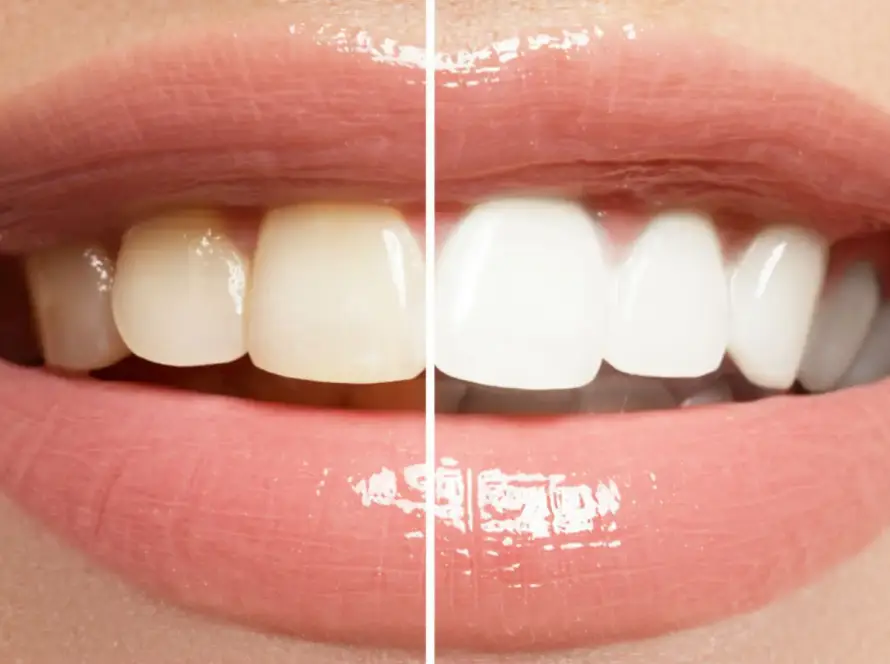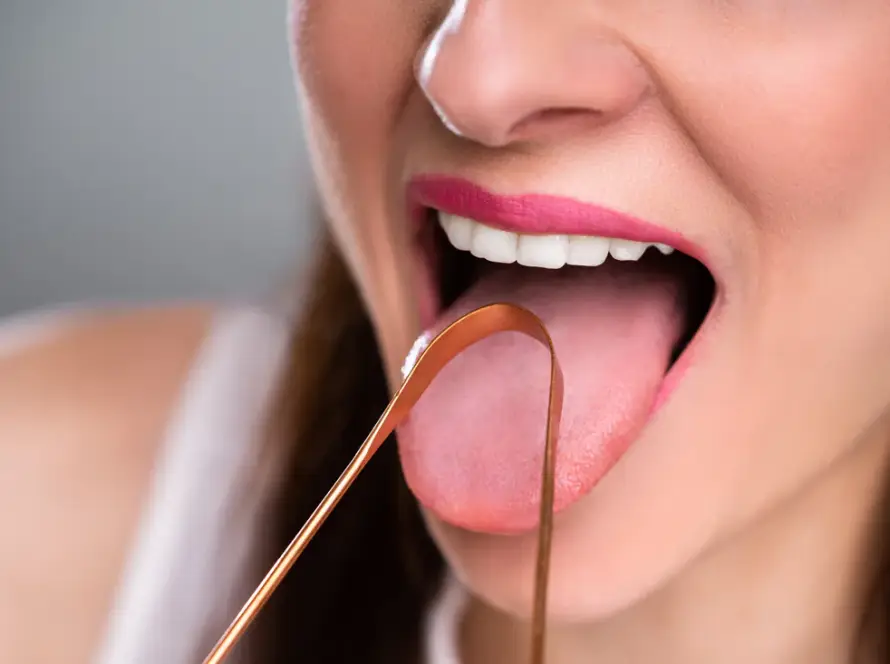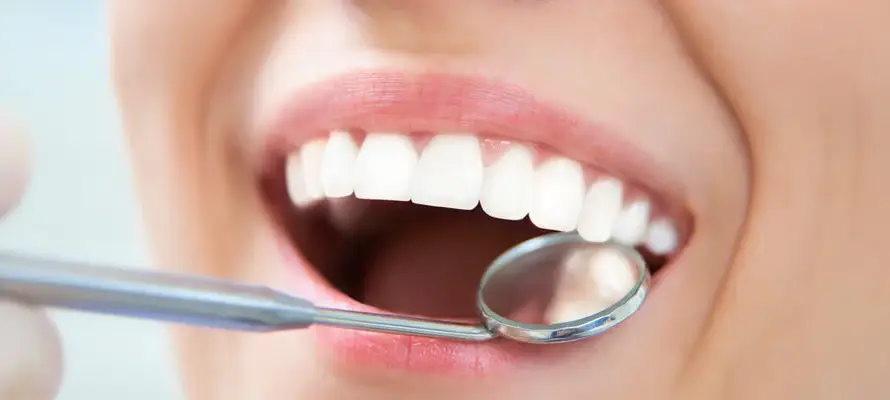After a canal treatment, it is normal for your tooth to be sensitive and this is a temporary condition. During canal treatment, the nerve and blood vessels inside the tooth are removed and this is why your tooth may be temporarily sensitive. This condition may be more frequent in the first few days of treatment and will decrease over time. However, if the sensitivity of your tooth persists or worsens after canal treatment, you should contact your dentist to assess your situation and schedule an appointment. Your dentist can determine the cause of the sensitivity problem in your tooth and provide appropriate treatment recommendations. If you have had canal treatment on your front tooth, you should follow the advice and instructions given by your doctor. These recommendations may include:
- Monitor for pain and swelling after treatment and use pain relievers if necessary.
- Continue to use tooth brushing and dental floss to prevent inflammation of the tissues around the tooth.
- Remember that your tooth may need protective coating after canal treatment to prevent easy decay or the need for tooth extraction.
- Do not forget that your tooth needs to be regularly checked after treatment to help monitor the healing process and determine if additional treatment is needed. If you have any problems or experience pain or swelling after treatment, contact your doctor or dentist for further advice and possible additional treatment methods.
In the final stage of treatment, the doctor will explain to you the rules to follow after treatment and give you recommendations. These recommendations will help you monitor whether your tooth is healing properly and if additional treatment methods are necessary.
If you are experiencing problems after treatment or if you see pain or swelling in your teeth, contact your doctor or dentist. They can give you more advice and suggest additional treatment methods if necessary. How is root canal filling done? Root canal treatment is the process of cleaning and filling the canals in a tooth.
This process is necessary when the pulp (tooth tissue) in the tooth becomes infected or decayed. Below is a general description of the root canal treatment:
- First, the dentist will numb your tooth with an anesthetic (pain medication). This will make your tooth painless during the root canal treatment.
- The doctor will open the top of your tooth and create a hole to access the pulp (tooth tissue) in your tooth. This hole will be sealed with a sticky cover on top of your tooth.
- The doctor will clean and fill the canals in your tooth. During this process, all the infected and decayed tissue in the canals of your tooth will be removed. The canals will then be filled with a specific material that will fill the remaining space in your tooth and strengthen it.
- After filling the remaining space in your tooth, the doctor will apply a cover on top of your tooth. This cover will protect your tooth and reduce the risk of easier decay.
- In the final stage of treatment, the doctor will explain to you the rules to follow after treatment and give you recommendations. These recommendations will help you monitor whether your tooth is healing properly and if additional treatment methods are necessary.
CANAL TREATMENT FILLING HOW TO DO IT? WHAT SHOULD I PAY ATTENTION TO AFTER CANAL TREATMENT?
It is recommended to pay attention to the following points after canal treatment:
- Monitor for pain and swelling after treatment and use painkillers if necessary.
- Continue to brush and floss teeth to prevent inflammation of the tissues around your tooth after treatment.
- Do not forget that your tooth may require a protective coating (preventive surgery) after canal treatment. This coating prevents your tooth from easily rotting or needing to be extracted.
- Remember to have your tooth regularly checked after treatment. This helps you track whether your tooth is healing well and if additional treatment is needed. If you have problems or experience pain or swelling after treatment, contact your doctor or dentist. They can give you further advice and suggest additional treatment methods if needed.
CAN CANAL TREATMENT BE DONE ON FRONT TEETH?
- Yes, canal treatment can also be done on front teeth. However, due to the smaller and finer nature of the canals in front teeth, more care and precision is needed when performing canal treatment on these teeth. Therefore, it is recommended to have a more skilled dentist perform canal treatment on front teeth. Circumstances requiring canal treatment in front teeth can be caused by factors such as front teeth decay or infections. After having canal treatment on front teeth, it is important to regularly check these teeth. This allows for tracking whether the tooth is healing and if additional treatment is needed.
I HAD CANAL TREATMENT ON MY FRONT TOOTH, IT DECIDED!?
What is internal whitening in teeth? Is it applied in teeth with root canal treatment?
Internal whitening in teeth is the process of lightening the colors of the teeth. It is a method used to lighten the natural colors of the teeth and is not applied to the outer surface of the teeth, but rather applied inside the teeth.
This process is done using a bleaching agent applied inside the teeth. The bleaching agent removes the discoloration inside the teeth and lightens their natural colors.
Internal whitening can also be applied in teeth with root canal treatment. However, before internal whitening is performed on teeth with root canal treatment, it is important to check if the teeth have healed and if any additional treatment is needed. The type and dosage of the bleaching agent to be applied inside the teeth should also be determined by your doctor.















